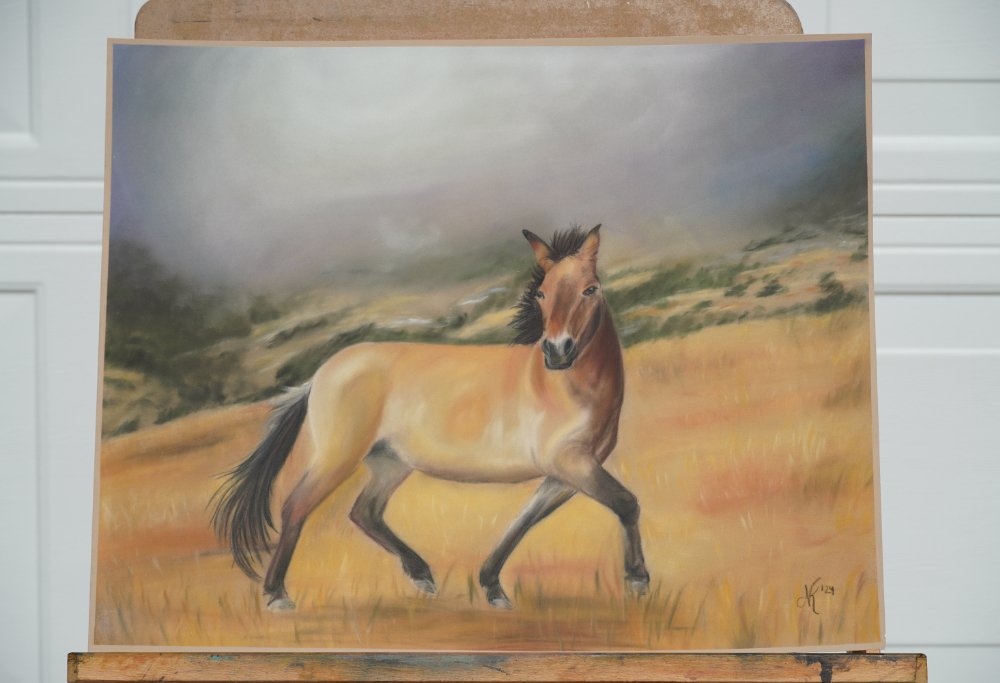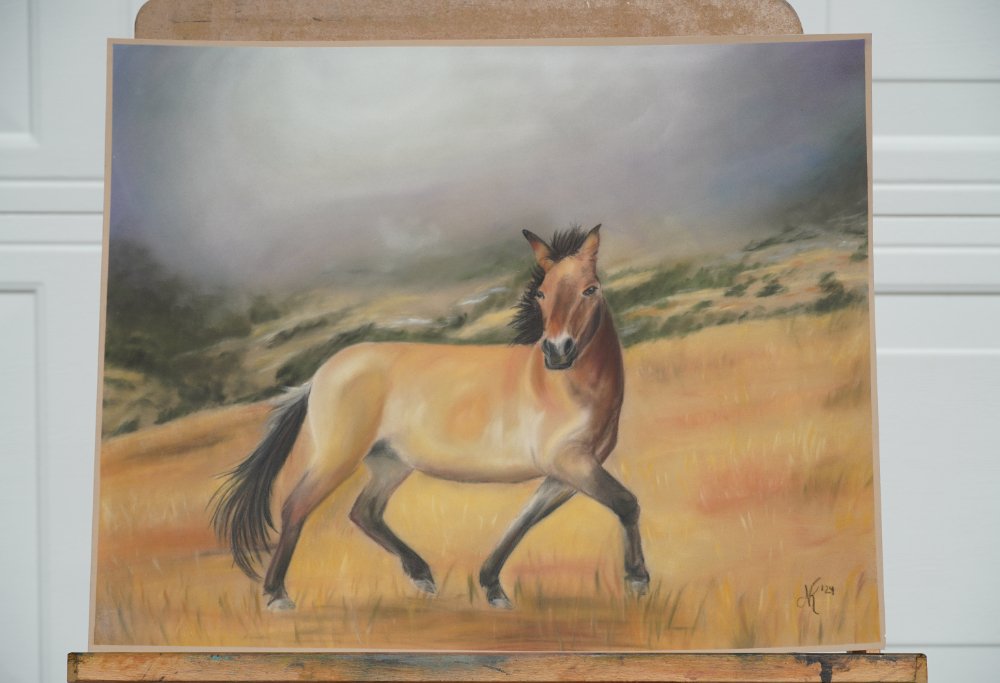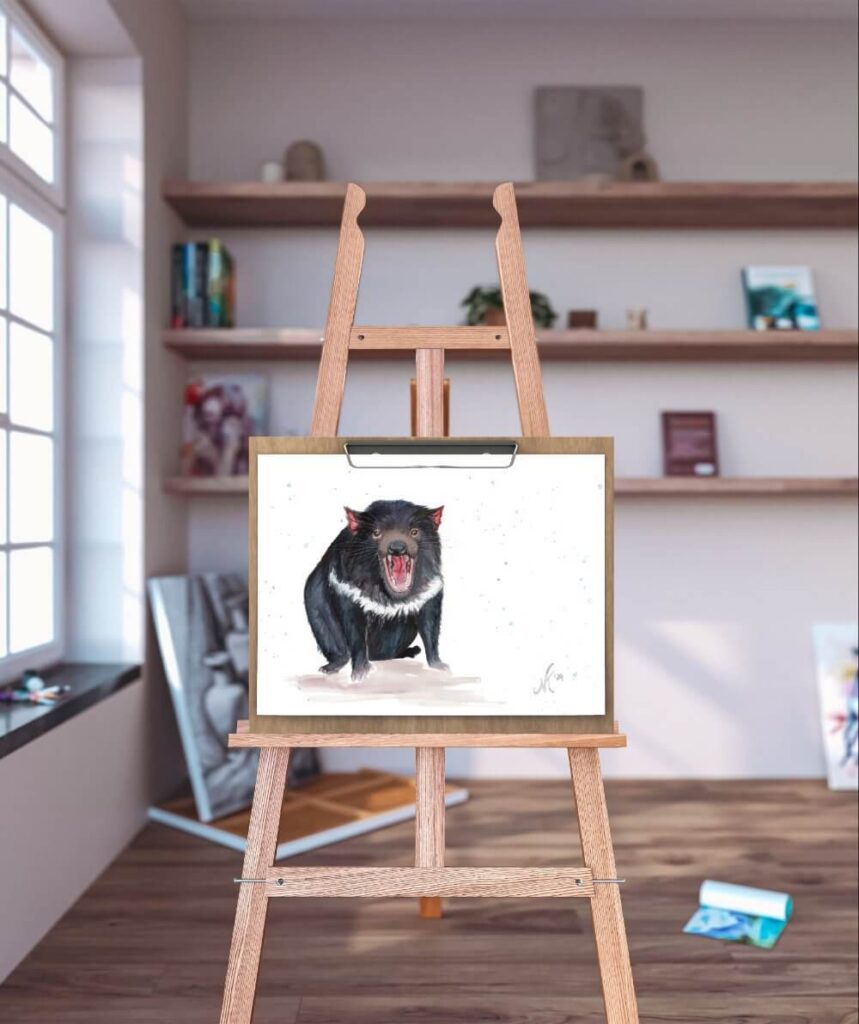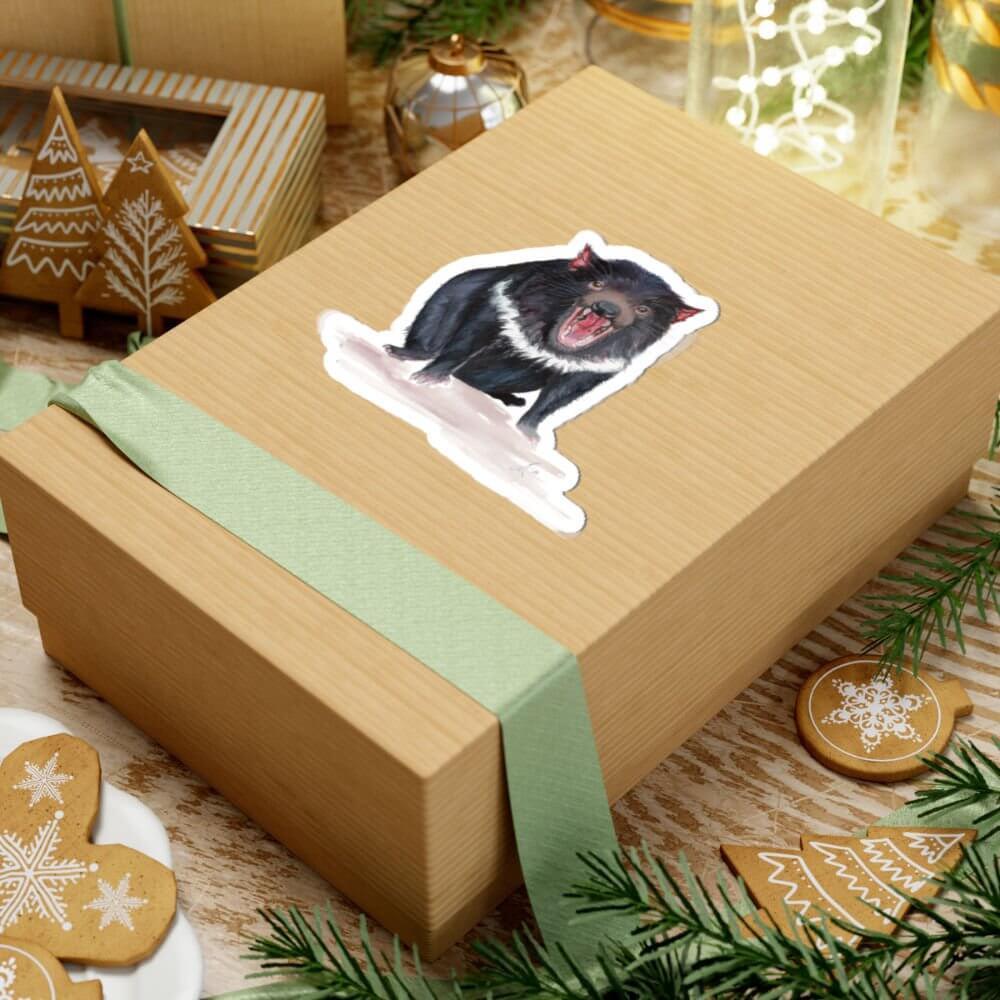
Meet The Przewalski’s Horse
The last of the truly wild horses, Przewalski’s Horse (pronounced “shuh-VAL-skee’s”) is nothing short of a conservation rock-star. It historically roamed the steppes of Central Asia in its own rugged style. However, by the 1950s, a mere 12 individuals were left in the wild. Successful breeding programs and reintroductions have increased their numbers to well over a thousand today. With a stocky build, an erect mane, and a hardy nature, it stands as both a symbol of the wilderness and a testament to how far we’ve come, and how far we still have to go, in conservation.
Scientific Name: Equus ferus przewalskii
Phylum: Chordata
Order: Perissodactyla
Genus: Equus
Kingdom: Animalia
Class: Mammalia
Family: Equidae
Species: E. ferus
IUCN Redlist Status:
The Przewalski’s Horse is listed as Endangered on the IUCN Red List of Threatened Species. They were once declared Extinct in the Wild in the late 1960s, but have since made one of conservation’s greatest comebacks. Today, thanks to global breeding and reintroduction programs, an estimated 2,000 individuals exist worldwide, with around 1,000 living freely in protected areas across Mongolia, China, and Kazakhstan. Although their recovery is inspiring, their small population and limited genetic diversity still leave them vulnerable to disease, harsh winters, and habitat loss.

Home on the Steppe

Przewalski’s Horses are native to the vast grasslands of Mongolia, China, and Kazakhstan. Their original heartlands stretched across the Gobi Desert and the Dzungarian Basin, but thanks to human-led reintroduction programs, they are returning to more parts of their historic range. These landscapes aren’t your gentle rolling pastures, but are rather marked by hot summers, brutal winters, and sparse vegetation. In Mongolia’s Hustai National Park and other reserves, these horses must endure all that nature throws at them. Only the toughest survive, and this species is built for it.
What’s on the Menu?

Przewalski’s horses eat mostly grasses, herbs, and shrubs. In spring and summer, they graze actively on the open steppe; in winter, they’ll dig through snow to reach buried grasses and even browse on shrubs when needed. Interestingly, a scientific study comparing their diet in captivity and after reintroduction found significant differences: the horses in the wild had a more diverse diet, including shrubs and tree browsing in the harsh months.
Built Different: Their Special Trait

What makes a Przewalski’s Horse stand out? They are shorter and stockier than many domesticated horses, with strong limbs and hoof structures adapted to rugged terrain. They sport an abrupt, erect mane (no flowing forelock), a dun-colored coat, dark legs, and a dark muzzle, giving them a wild, “ancient” appearance. Then there’s the genetic twist: this species carries 66 chromosomes compared to 64 in the domestic horse. This is a clear indication that they split from the domestic horse lineage a long time ago. One especially notable modern trait is that all living Przewalski’s Horses today are descended from just about 12 wild-caught individuals. All this was made possible through captive breeding and reintroduction. Unfortunately, genetic diversity is, therefore, a concern. To combat that bottleneck, Revive & Restore, in partnership with the San Diego Zoo Wildlife Alliance and others, has successfully cloned individuals from cryopreserved cell lines to re-inject lost genetic diversity back into the species.
Tight-Knit Troops
Przewalski’s Horses live in structured social groups. Usually, they form a harem of one dominant stallion, several mares, and their foals. Young males may form bachelor groups until they’re strong enough to challenge for their own harem; young females eventually leave and join another group. Communication is constant: visual signals (ears, tail, posture), scent-marking, and vocalizations. The stallion drives and defends the group; the mares often lead foraging and movement. The structure helps the herd survive in harsh steppe environments where vigilance pays. In captivity and reintroduction projects, socialization has been important. For instance, a cloned foal at San Diego Zoo (“Kurt”) was paired with a young wild-raised mare (Holly) to help him learn wild-horse behavior.
Przewalski’s Horse Fun Facts
- Spirit of the Steppe – In Mongolia, they’re called “takhi,” meaning “spirit” or “worthy of worship.”
- Steppe Engineers – By grazing and trampling, they help shape their grassland habitat, making room for new plant growth and biodiversity.
- Survival Specialists – They can dig through snow in winter to reach hidden grasses when everything else is frozen solid.
- Clone Comeback – In 2020, scientists successfully cloned a Przewalski’s horse named “Kurt” from 40-year-old preserved cells, restoring lost genetic diversity.
- Extra Chromosome Crew – They’ve got 66 chromosomes, two more than domestic horses, proving they’re a separate species.
- Ancient Originals – Przewalski’s horses are the only truly wild horses left on Earth: never domesticated, never tamed.
- One-Hour Runners – Foals can stand and walk within an hour of birth, which is essential for surviving in wide-open grasslands.

Threats to their survival
Though the species has made an incredible comeback, several threats remain:
- Low genetic diversity: With descent from only ~12 founders, the gene pool is narrow, raising risks from disease, reduced fertility, and inability to adapt.
- Habitat loss and competition: Livestock grazing, fencing, water access, mining, and human encroachment all reduce usable wild habitat.
- Harsh weather events: In years with extreme winter conditions (dzud), even healthy herds can suffer large losses.
- Disease and parasites: Captive and reintroduced populations need monitoring for parasites and infectious disease risk.
- Human-wildlife conflict: When domesticated horses mix with wild ones, hybridisation may dilute wild genetics; livestock may carry disease; and resources can become contested.
Conservation Efforts & How You Can Help

Support breeding & reintroduction programs: Organizations like Revive & Restore and the San Diego Zoo Wildlife Alliance are doing cutting-edge work. Donations, spreading the word, or even collaborating on art-for-conservation projects can help.
Promote genetic diversity initiatives: Cloning, cryobanking, studbook management: these aren’t just sci-fi, they’re real tools for saving species like the Przewalski’s Horse. Educating your network on this can be impactful.
Raise awareness through art and other creative means: Create pieces that celebrate the Przewalski’s Horse, tell its comeback story, highlight its fragility and resilience, and inspire others to care.
Advocate for steppe ecosystem protection: Saving one species means saving the grasslands too. The steppe is a unique habitat under threat. By supporting grassland restoration, you help the horse and countless other species.
Foster responsible ecotourism & ethical visits: When people see wild Przewalski’s Horses in Mongolia or reserves, they’re more likely to care. But it has to be done with respect, minimal disturbance, and benefit to local communities.
Collaborate internationally: Conservation crosses borders. These horses don’t pay attention to human-drawn lines. Supporting global efforts (Kazakhstan, Mongolia, China) amplifies effect.
Lastly, Shop at Artsefact: Part of the proceeds go towards wildlife and habitat conservation.
Buy Art & Save Wildlife
10% of all profits support wildlife and habitat conservation efforts, so every artwork you collect helps protect the planet.
Przewalski’s Horse Factsheet
Would you like a Przewalski’s Horse fact sheet?
- Sign up for our newsletter for exclusive updates and wildlife conservation tips (Your welcome email has your Password for the Portal)
- Visit https://artsefact.com/factsheets/ where you can access and download ALL Factsheets & Gain Early Access to NEW Factsheets

Here’s how you can gain access:
Resources
- Wikipedia – https://en.wikipedia.org/wiki/Przewalski’s_horse
- Morris Animal Foundation – Przewalski’s Horse – Riding Away from Extinction | Morris Animal Foundation
- Al Jazeera English on Youtube – Przewalski’s horse: Subspecies returned to wilds after near extinction
- National Library of Medicine – Endangered Przewalski’s Horse, Equus przewalskii, Cloned from Historically Cryopreserved Cells
- Animal Fact Guide – Przewalski’s Horse
- Revive&Restore – The Przewalski’s Horse Project
- San Diego Zoo – World’s First Successfully Cloned Endangered Przewalski’s Horse Now Learning the Language of Wild Horses





